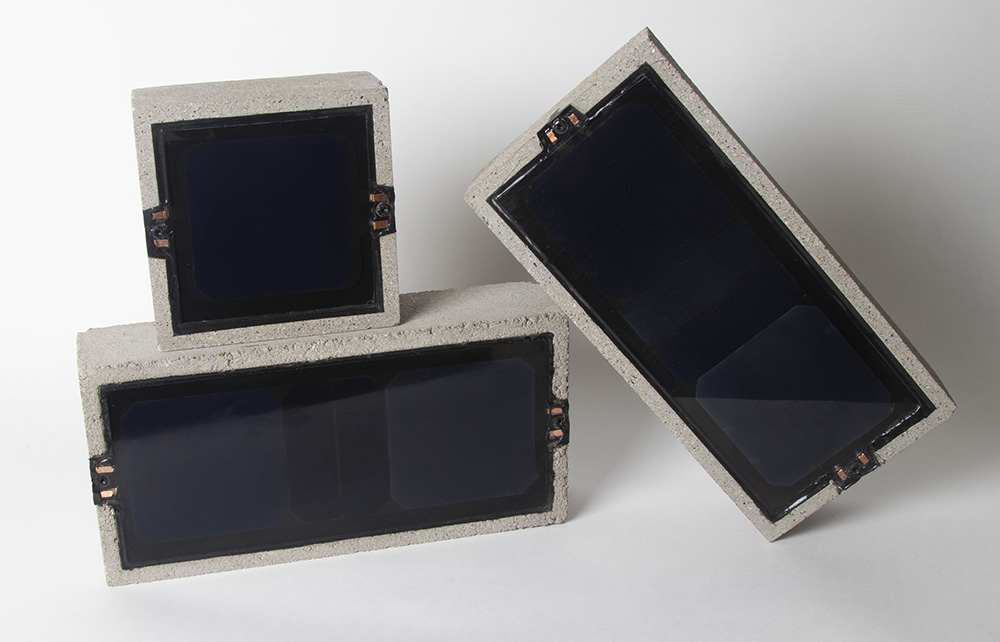News:
Green Buildings
Posted: September 18, 2008
International School of Boston installs environmentally sustainable green synthetic turf - one of the first in the U.S.
While synthetic turf has become popular as a low-maintenance recreational surface across the U.S., its rubber infill is increasingly seen as a health hazard because of the high temperatures that it generates and the potentially hazardous materials it contains, including lead and other carcinogens. The International School of Boston is one of the first sites in the U.S. to feature synthetic turf with an all-natural infill material, and school officials believe their new field will be a model for schools, sports leagues, and public recreation departments across the country.
The new surface, supplied by New York-based Geo Safe Play and developed in Italy where it is used on professional soccer fields, produces far less rainwater runoff because it is natural and absorbs water. Because it contains no rubber, surface temperatures approximate those of grass and produce far fewer injuries.
The infill, which goes underneath and inside the blades of synthetic grass, is derived from coconut shells and cork.
"The International School of Boston, in designing its new play area, made it clear they did not want to settle for a typical surface," said Jonathan Austin, principal of Austin Architects, which developed the school's master plan and designed the new play area in collaboration with Ray Dunetz Landscape Architecture. "The parents, board, and administration, through its Green Committee, pushed to find a natural infill material that would provide improved safety, including reduced incidence of burns, heat exhaustion, and injuries, and would comply with an environmental resolution passed by the school's board. We quickly concluded there was nothing currently being used in the U.S. that would meet that mandate."
Austin's team identified the new product and then conducted a rigorous review with the school's Green Committee to ensure the product was the right fit for the school's needs.
John Larner, Head of School said, "Concerned parents working through our committee structure said, 'we want our kids to have the best field possible, with the fewest injuries, and the project must be environmentally sustainable.'"
While the natural infill product costs approximately 10% more than a field made with rubber infill, the school sees the safe and "green" field as a major selling point for prospective students and their parents.
In addition to Austin Architects and Ray Dunetz Landscape Architecture, which are both members of the USGBC, the project team includes landscape construction firm Emanouil Brothers, Inc. and civil engineers Samiotes Consultants, Inc.
Tags:
Green Buildings
MORE FROM Green Buildings
Bridgeport implements energy efficiency plan with utility partners and regional business council
Bridgeport, CT The flurry of economic development and urban revitalization across the city has cultivated a renewed interest in updating municipal, residential and commercial properties to be more efficient and sustainable. Since 2018, city officials have partnered

Quick Hits







.png)